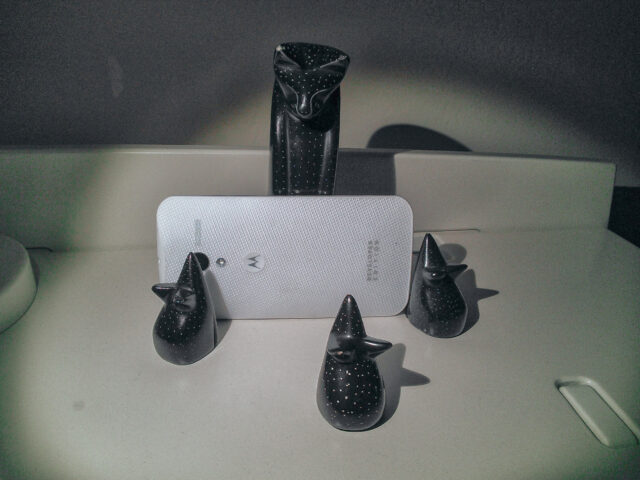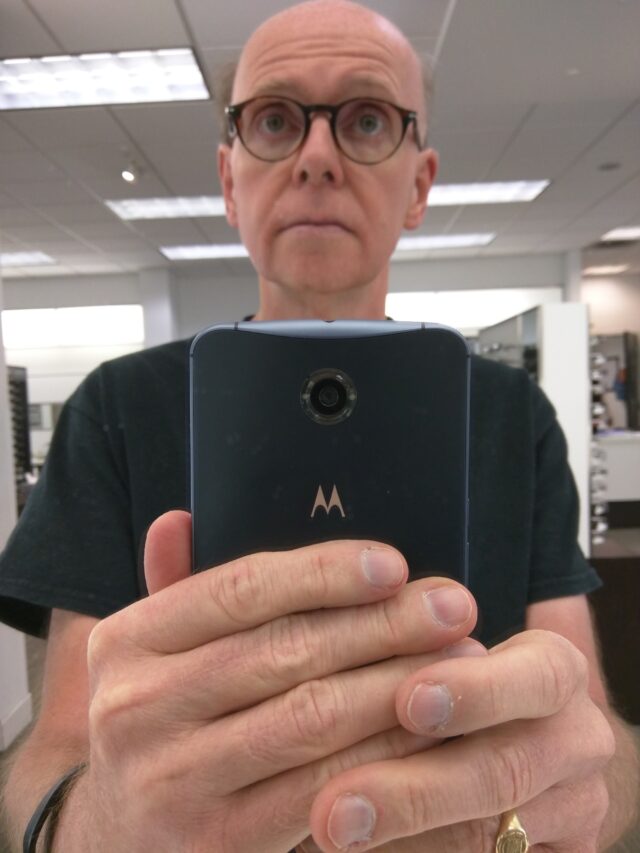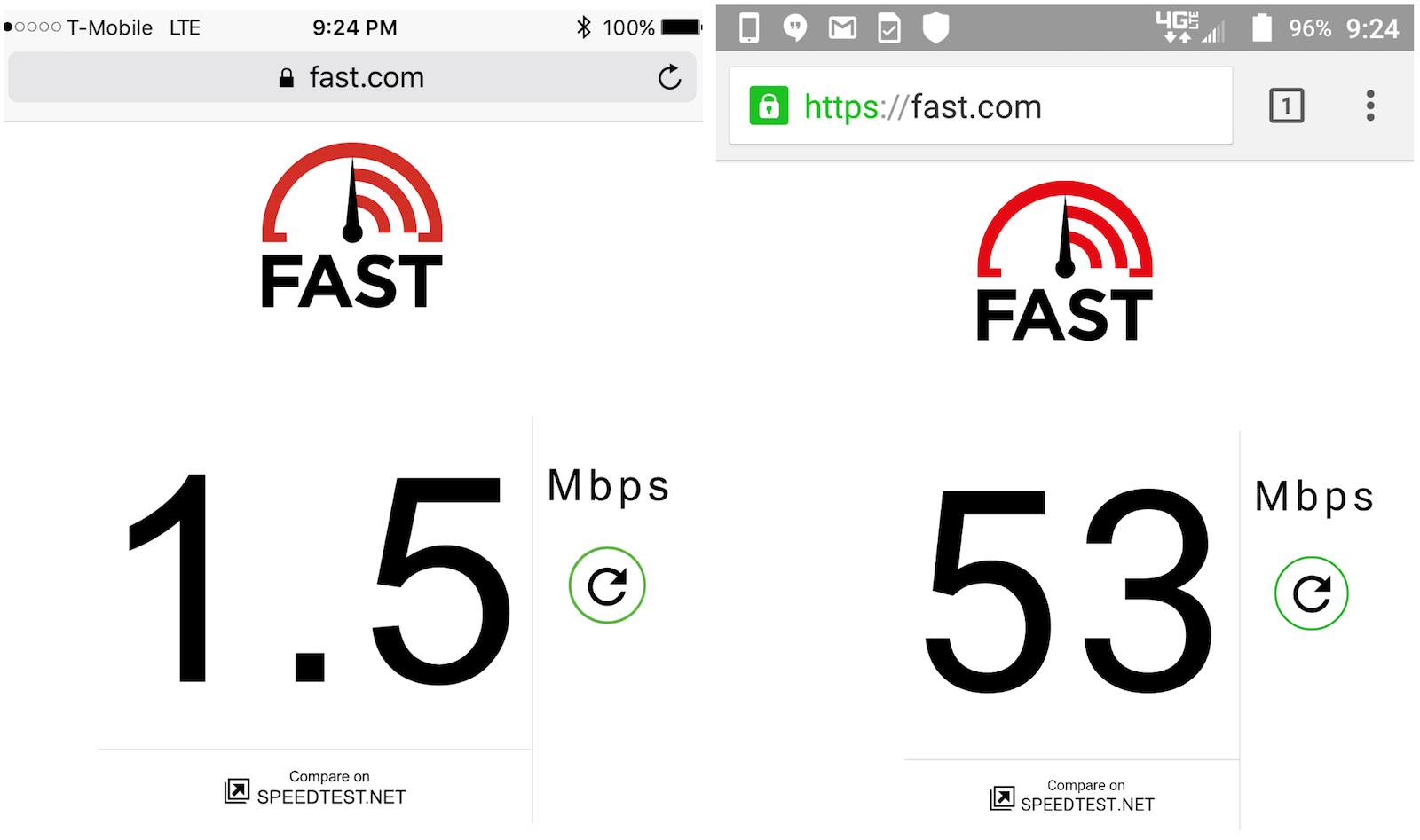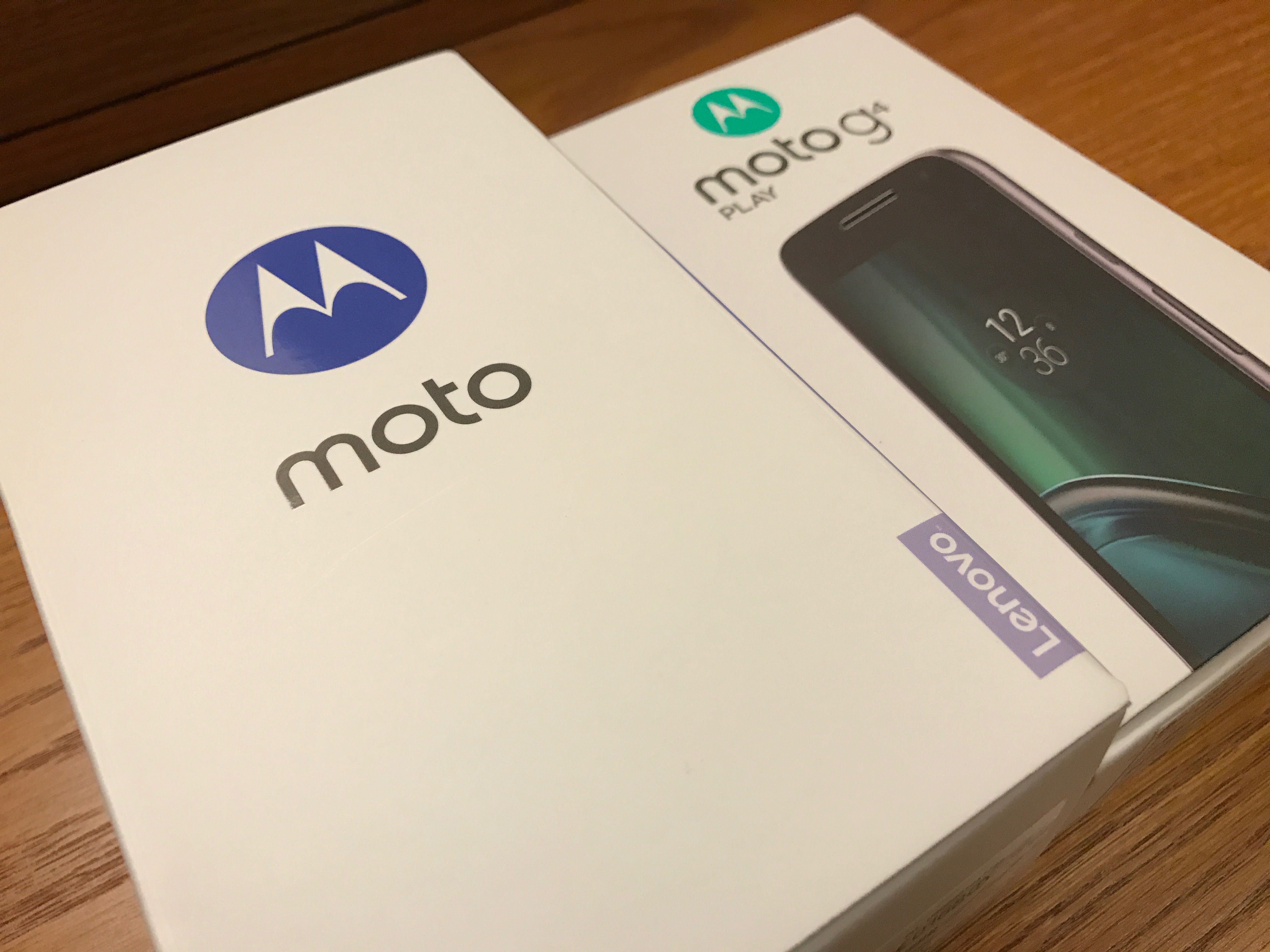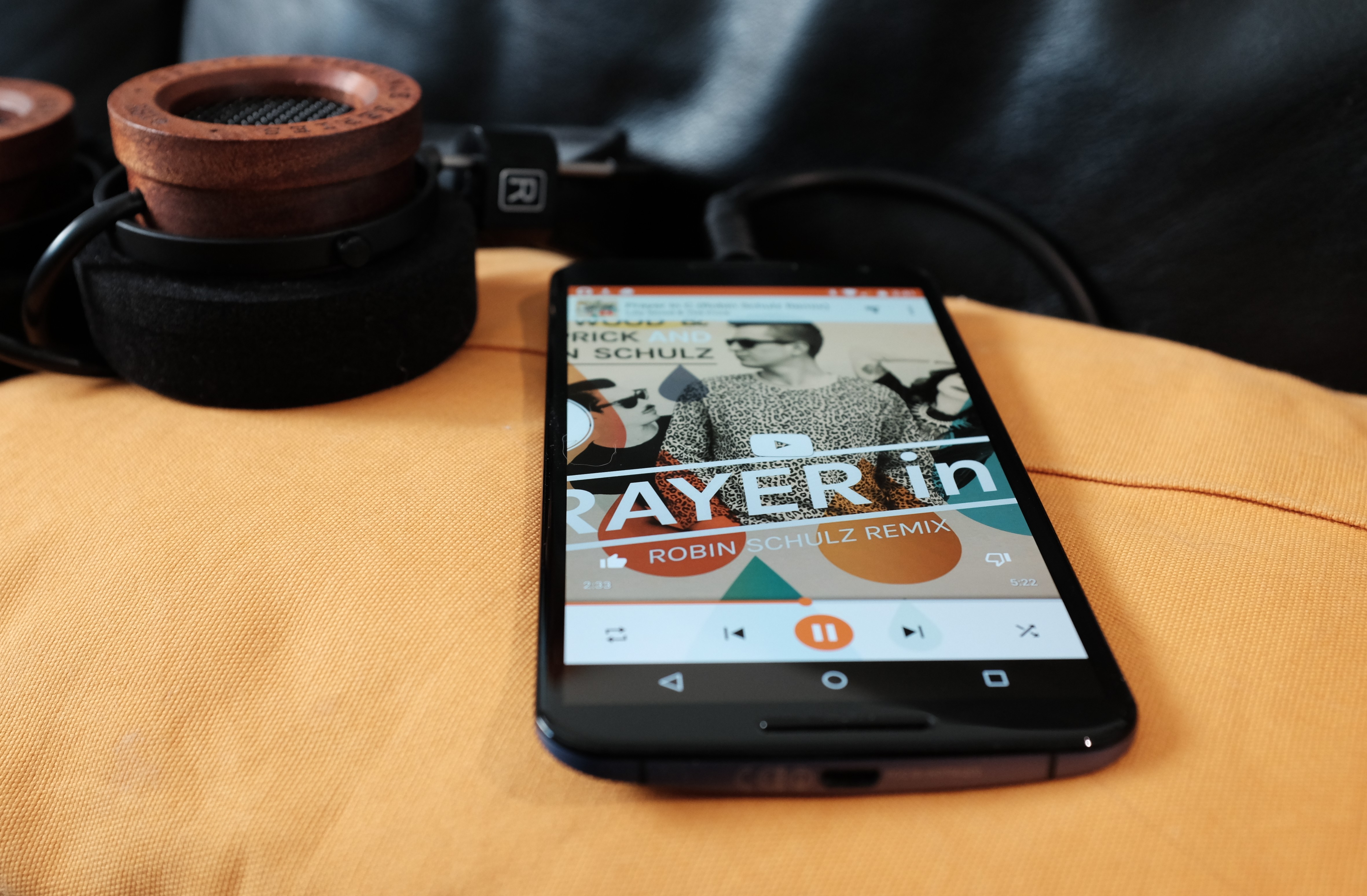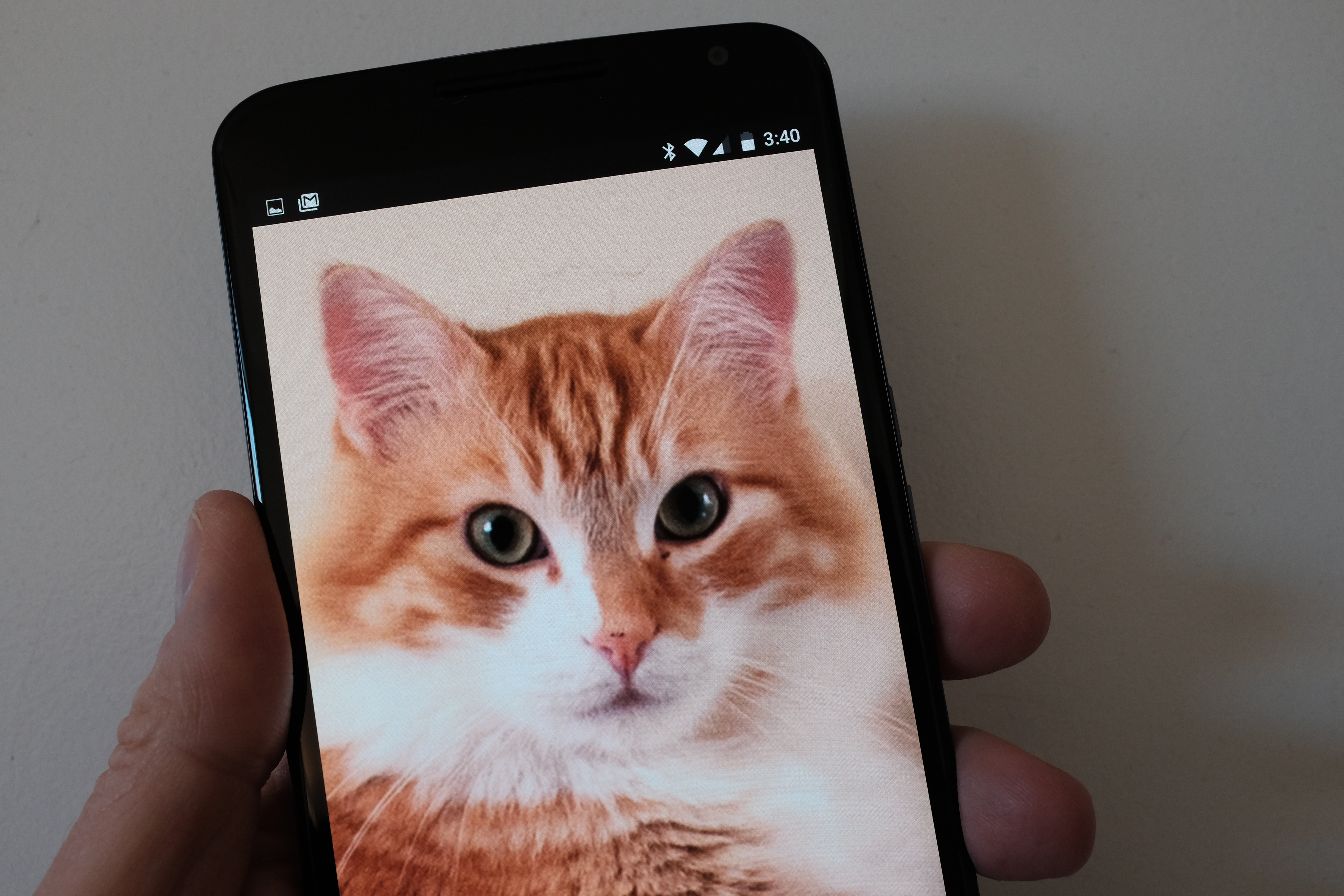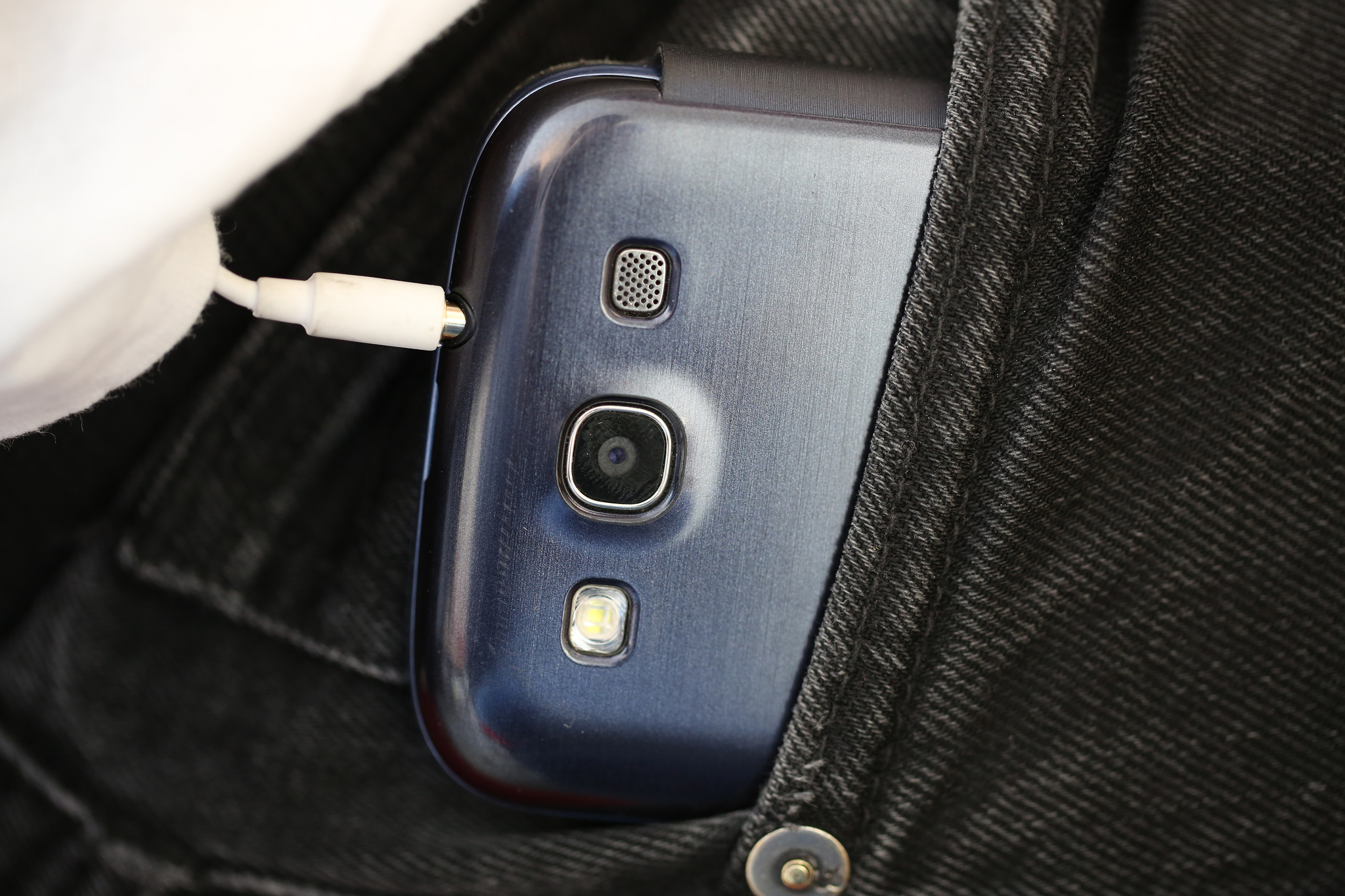A decade ago today, Google released Moto X—a classic smartphone by every measure that matters. Two years earlier, the search and information giant initiated a $12.5 billion acquisition of Motorola Mobility, which would manufacture the Android. Months following the initial launch, I bought the Developer Edition and loved it.
Moto X promised so much: American assembled in a Texas factory; made-to-order, with custom color and other personalization options; simple, straightforward online ordering, tight integration with Google services; voice activation and commands. Nothing like the device, the purchasing experience, or truly hands-free operation existed in 2013.
